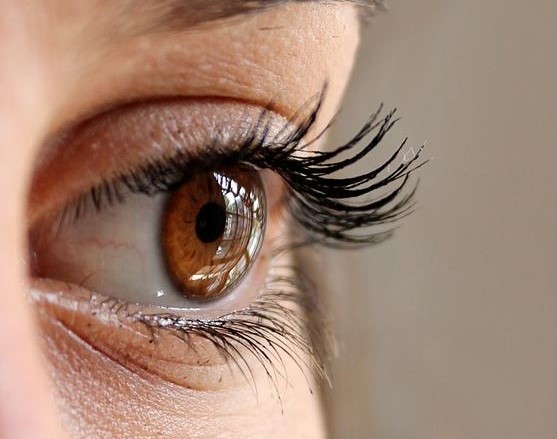 It has been said that the eyes are the windows to the soul, but are they also windows to the physical body? Can your eyes really tell you about your health? There is plenty of evidence that, for certain conditions, the eyes can reflect what’s going on with our bodies.
It has been said that the eyes are the windows to the soul, but are they also windows to the physical body? Can your eyes really tell you about your health? There is plenty of evidence that, for certain conditions, the eyes can reflect what’s going on with our bodies.
What Your Eyes Are Telling You
There are certain symptoms that go beyond just the local problems within the eye. These conditions can indicate other, more serious problems. Dry eyes, in addition to letting you know when you’ve spent too much time watching television or sitting on the computer, dry eyes have been linked to arthritis. Meanwhile, jaundice—yellowing of the whites of the eye—is a common indicator of issues with your liver. If you find yourself with bulging or bug eyes, that may be an indicator of a hyperthyroid disease, and excess redness and inflammation—known as scleritis—can indicate an autoimmune disease.
Besides the eye health issues, your normal, healthy eyes might still hide potential health problems. That’s where a practice called iridology comes in. By studying specific changes in the eye, specialists can use that information—along with more traditional diagnostic methods—to determine the nature of specific ailments. Eyes are sensitive, and can often provide additional and helpful information for the diagnostic process of what is happening elsewhere in the body.
What Is Iridology?
Believe it or not, the practice of using the eyes to diagnose health conditions is not a new concept. Iridology, or iridodiagnosis is a diagnostic technique that has been around since the mid-17th century. The basic tenet of iridodiagnosis is that certain characteristics of the eye—the patterns, colors, and shapes—can be primary indicators of systemic health problems.
Through iridology a health care provider can help to identify organs that might be inflamed or that some system might be over-active or under-active. However, it will be rare to find a health care provider or physician who relies solely on iridology or iridodiagnosis as a basis for a treatment plan. Typically, it will be used as an indicator of what kinds of tests to run to find a more accurate diagnosis. This is because many eye problems can manifest in similar ways to problems identified by iridodiagnosis. To keep your eyes healthy, the doctors at Vision Center recommend regular eye exams, washing your hands regularly to combat conjunctivitis, and taking your contacts out before engaging in watersports to reduce the risk of physical eye damage.
What Are Iridology Charts?
Iridology is not an exact science, however many correlations certain indicators within the iris as it relates to other areas of the body. An iridology chart can be used to identify possible weaknesses in tissues and organs of the body. In essence, an iridology chart functions similar to a foot or hand reflexology chart.
In essence, many health issues that are taking place within the body are indicated by variations in texture and color within the iris. The variations are then compared to a chart compiled from observations over the past 300 years to pinpoint what area of the body might be experiencing a problem.
The best way to think of iridology is to understand that it is similar to an oil pressure gauge or voltage meter on your car. It doesn’t tell you the specific problem, but it does tell you where to look. Iridology is meant to be used as an indicator for preventive health rather than as a diagnostic tool. Armed with information about where to look, a health care provider can make a more specific diagnosis.
Emma Sturgis
Recent Posts
- Castor Oil For Better Hair Growth: Is It Myth Or Fact?
- Exploring the Differences Between Sermorelin, Ipamorelin, Ibutamoren, GHRP2, and GHRP6: Understanding Their Role in Human Growth Hormone Regulation
- Unraveling the Mystery: Understanding the Causes and Prognosis of Ventricular Tachycardia Without Apparent Heart Disease
- Understanding Grandparents’ Rights in Oklahoma: Navigating Visitation and Legal Protections
- 10 Reasons to Consider Hypnotherapy for Your Health

